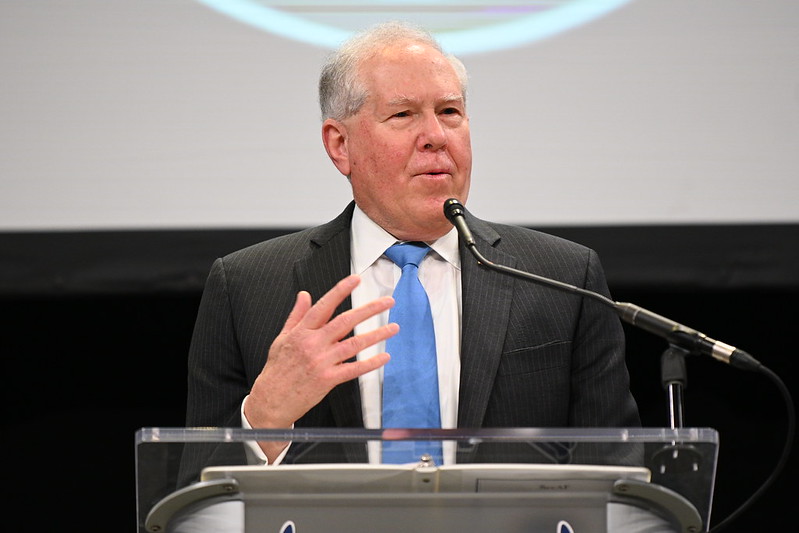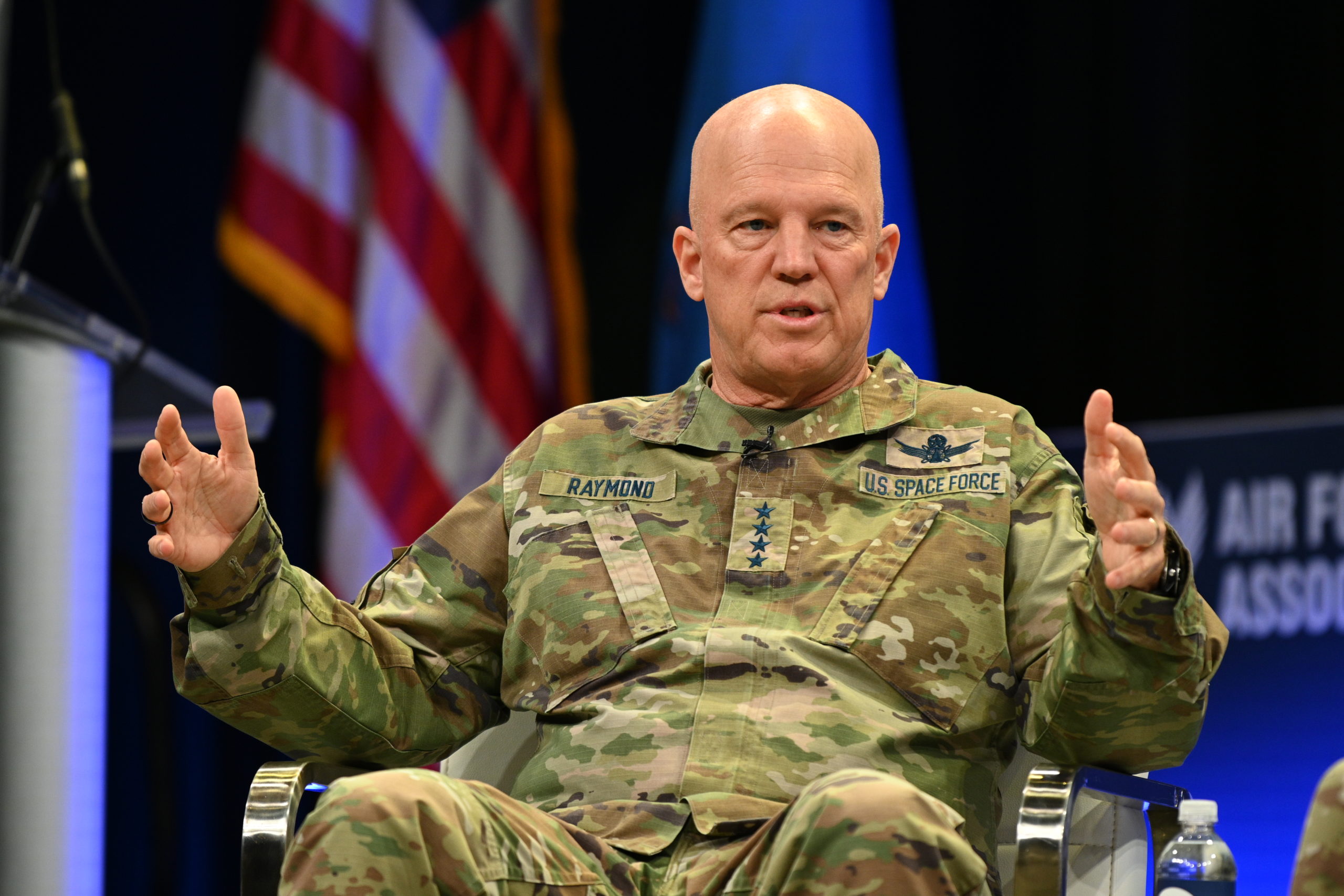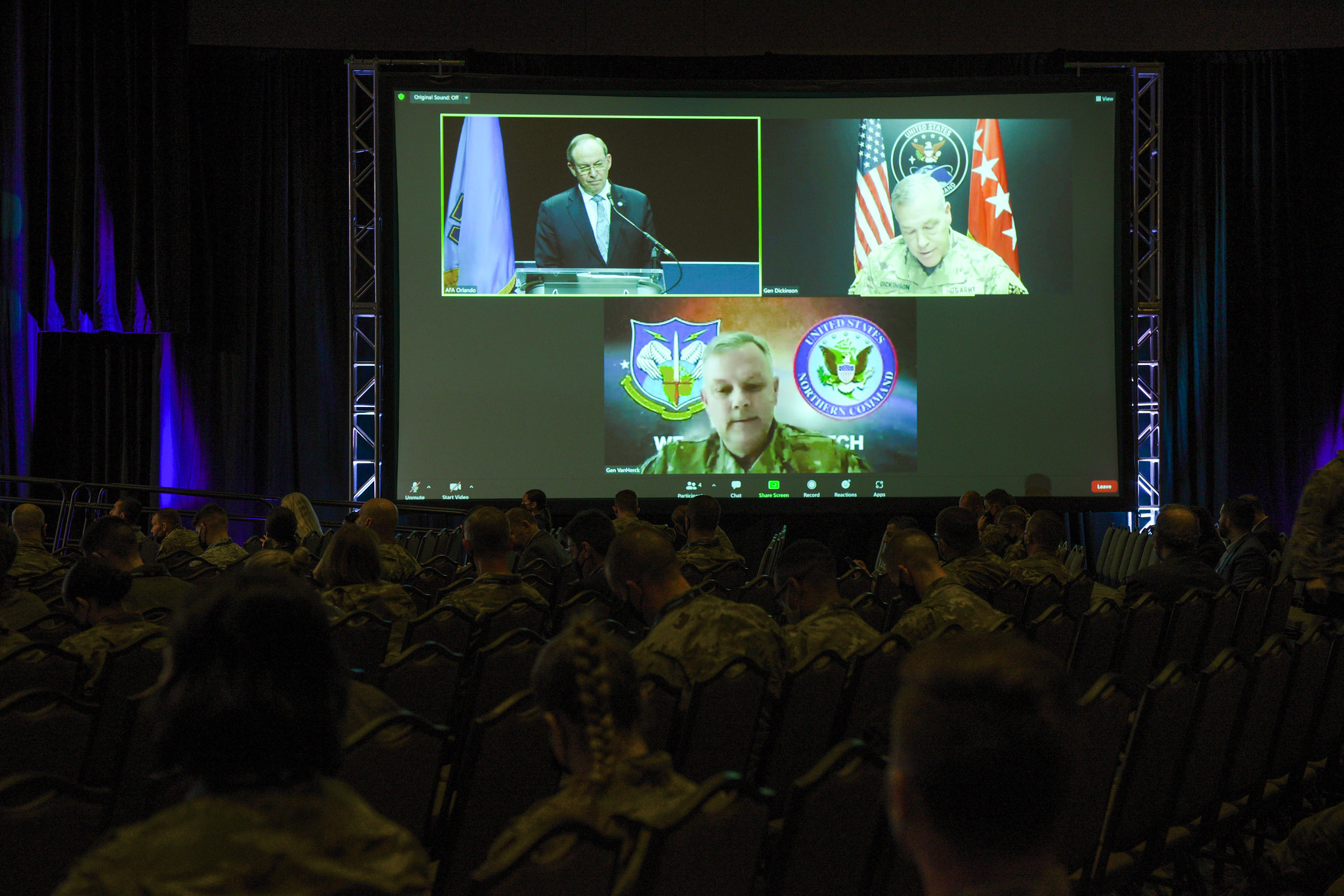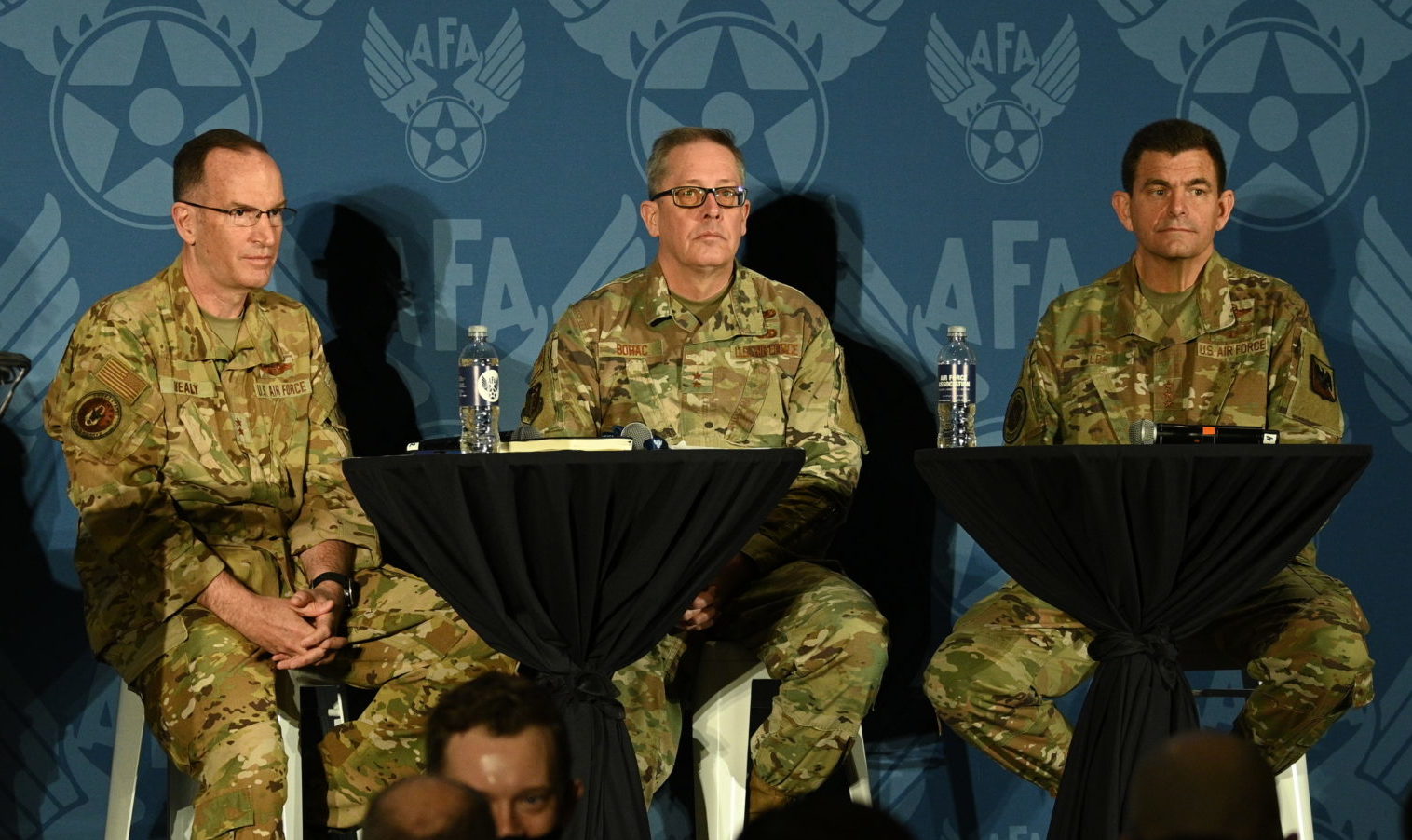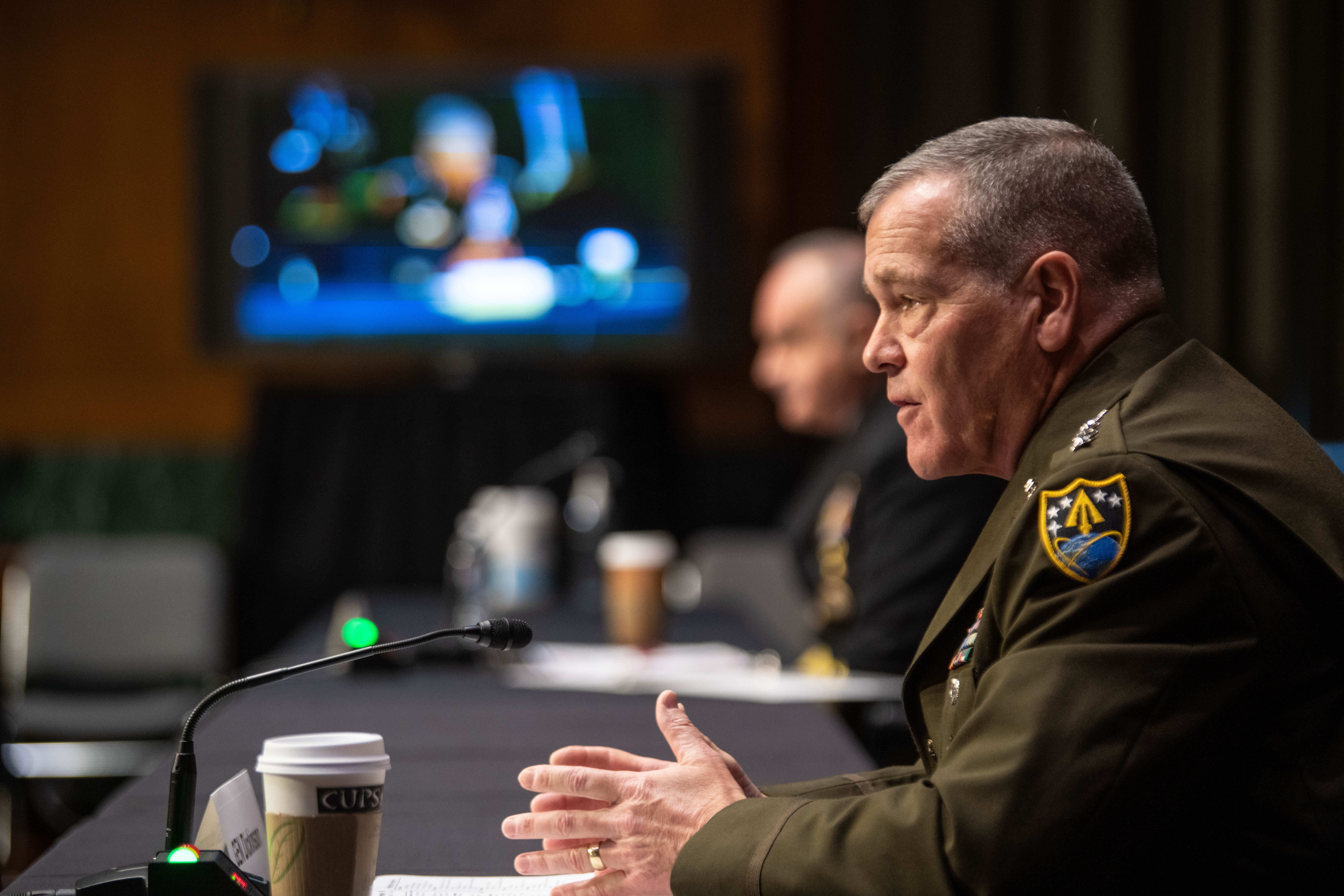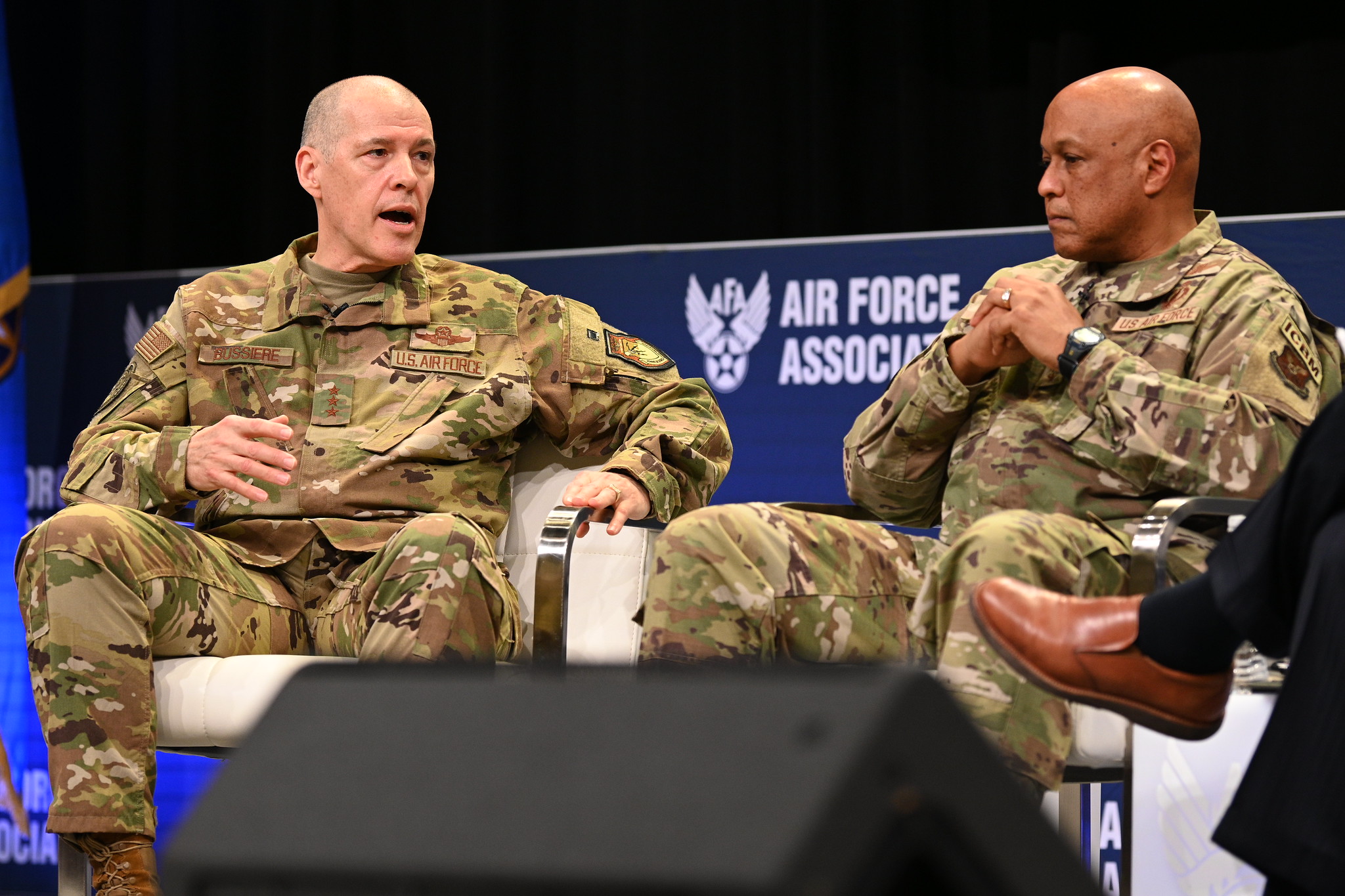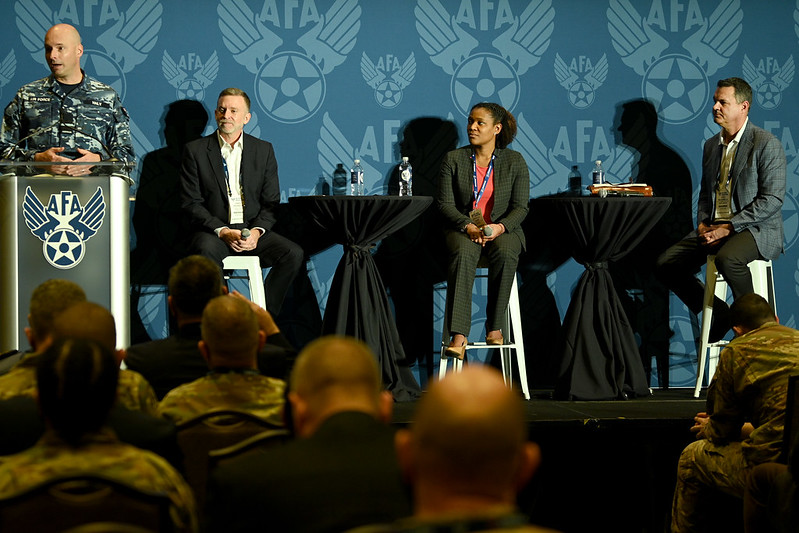Late on the evening of March 10, the Senate passed a massive omnibus spending bill to fund the federal government for the rest of fiscal 2022, sending it to President Joe Biden for his signature.
For the Defense Department, in particular, the bill will provide $728.5 billion in discretionary spending for defense-related activities—roughly 5 percent more than the funding in fiscal 2021 and above the $715 billion requested by the Biden administration. It also includes $13.6 billion in aid to bolster Ukraine in its response to Russia’s invasion.
The 68-31 vote in the Senate comes after months of delays, disagreements, and negotiations that led to the federal government operating under continuing resolution for more than five months—one of the longer periods in recent history. The fiscal year will end Sept. 30.
Democrats and Republicans then took months to make progress in negotiations—a bipartisan framework for the appropriations bill wasn’t announced until Feb. 9, and the actual text of the bill wasn’t released until the early hours of March 9.
From there, however, lawmakers pushed the bill through Congress at breakneck speed. The House passed the $1.5 trillion bill the night of March 9, and the Senate followed suit the next day, avoiding the need for another short-term CR—the previous one had been scheduled to end March 11.
Now, with regular funding restored, the Air Force should be able to proceed with 16 new starts and four production increases that it previously said had been delayed by CRs. And the Space Force will be able to move forward with the transfer of satellite communications capabilities and personnel from the Army, Navy, and Air Force.
The bill will fund a 2.7 percent pay raise for service members, previously authorized by the 2022 National Defense Authorization Act. It will also provide funds for military families struggling with housing and food because of the COVID-19 pandemic, and it includes nearly $100 million for the DOD to implement the recommendations of the Independent Review Commission on Sexual Assault in the Military.
The funds in the spending bill will also buy 48 F-35s, 12 F-15EXs, and 14 KC-46s for the Air Force, all equal to its budget request. It also pays for the procurement of 20 extra C-130Js, 16 for the Air National Guard and four for the Air Force Reserve; and four MQ-9s, despite the Air Force not asking for any.
While the 2022 budgeting process has finally come to an end, the fiscal 2023 cycle is set to begin soon. Defense Department officials have said they expect their budget request for the upcoming fiscal year to be released in the coming weeks. With the ongoing war in Ukraine and continued concern over competition with China, the topline will be closely watched—Republicans are likely to push for a large increase, while Democrats may argue for smaller growth or even cuts.

